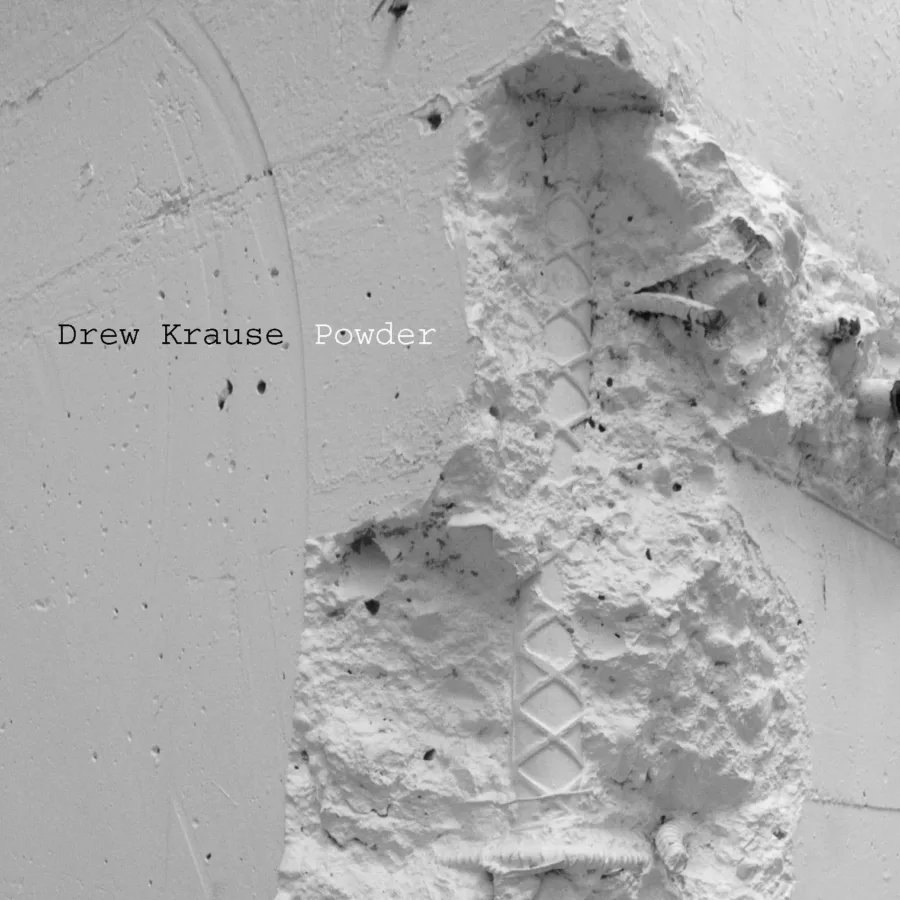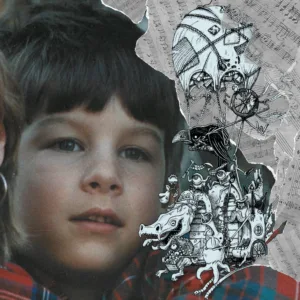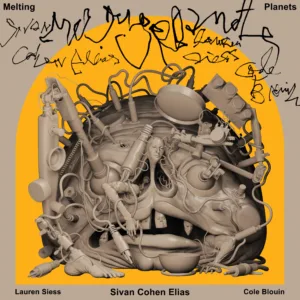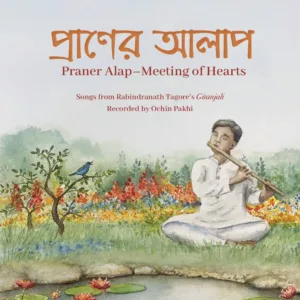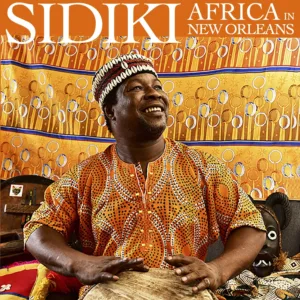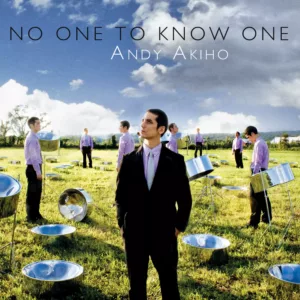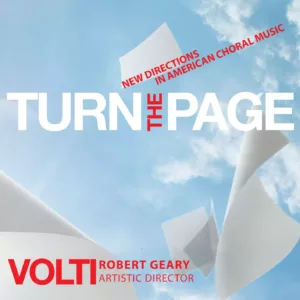If you didn’t think you knew what “open-source algorithmically-generated computer music” was, don’t worry. It rocks. And Drew Krause is a master at it. Powder is his first full-length album; it bleeps and burbles, swings, synth-pops and gyrates in ways any adventurous listener with a quirky sense of humor would love. These intricate virtuosic compositions render structures borrowed from mathematics, biology and linguistics in a colorful and light-hearted fashion. You don’t need to have tested high in those subjects to enjoy the results. Krause went through the University of Illinois and Juilliard, and he is joined on Powder by more New York new music stalwarts: Taimur Sullivan, Margaret Lancaster and Whitney LaGrange.
One Sheet
Artist
Composer
Performers
Release Date
July 3, 2007
Catalog Number
#676
